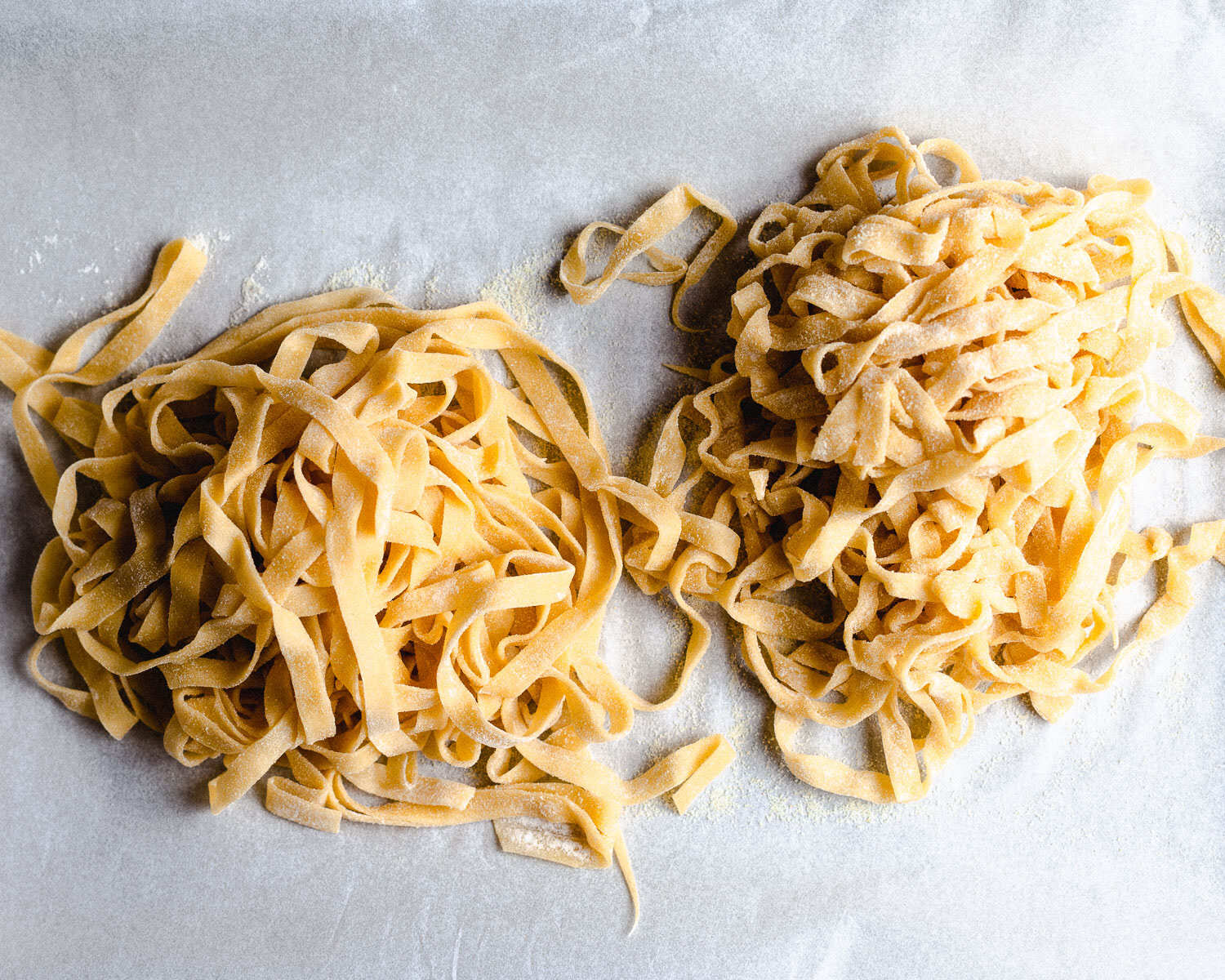

Articles
How To Store Fresh Pasta
Modified: December 7, 2023
Learn the proper way to store fresh pasta and keep it fresh for longer. Find helpful articles on storing pasta and preserving its flavor and texture.
(Many of the links in this article redirect to a specific reviewed product. Your purchase of these products through affiliate links helps to generate commission for Storables.com, at no extra cost. Learn more)
Introduction
When it comes to enjoying delicious and authentic pasta, nothing beats the taste and texture of fresh, homemade pasta. Whether you’ve made it from scratch or purchased it from a local artisanal pasta shop, preserving the quality of fresh pasta is crucial to ensure that it maintains its flavor and texture.
Storing fresh pasta properly is essential to prevent it from drying out or becoming stale. In this article, we will explore the best practices for storing fresh pasta, including tips for storing it in the refrigerator or freezer and reheating it to perfection.
By following these guidelines, you can extend the shelf life of your fresh pasta, allowing you to enjoy it whenever you want without sacrificing its taste or quality.
Key Takeaways:
- Properly storing fresh pasta is crucial for maintaining its flavor and texture, whether you’ve made it from scratch or purchased it. Follow best practices to enjoy homemade goodness whenever you desire.
- Storing fresh pasta in the refrigerator or freezer allows you to preserve its quality for future enjoyment. Reheat with care to maintain its delectable taste and texture.
Read more: How To Store Fresh Pasta In Fridge
Why Store Fresh Pasta
You might wonder why it’s necessary to store fresh pasta when it’s best enjoyed immediately after being prepared. While it’s true that fresh pasta is at its prime when it’s cooked and served right away, there are instances where storing it becomes necessary or convenient.
One common scenario is when you have made a large batch of fresh pasta but only need a portion of it for a particular meal. Instead of letting the remaining pasta go to waste, storing it properly allows you to preserve its freshness and enjoy it at a later time.
Another reason to store fresh pasta is when you want to prepare meals in advance or have a stash of homemade pasta ready for quick and easy dinners. By having stored fresh pasta on hand, you can whip up a delicious meal in no time, especially when you’re strapped for time or don’t feel like cooking from scratch.
Additionally, if you have purchased fresh pasta from a local pasta shop or market and want to savor it over a few days, knowing how to properly store it will ensure that you enjoy it at its peak freshness.
So, whether you have leftover homemade pasta, want to prepare meals ahead of time, or have purchased fresh pasta, learning how to store it correctly will help you make the most out of your pasta and avoid unnecessary waste.
Best Practices for Storing Fresh Pasta
Proper storage is key to maintaining the freshness and quality of your freshly made or purchased pasta. Here are some best practices to keep in mind:
- Store it promptly: Fresh pasta should be stored as soon as possible after it has been made or purchased. Leaving it out at room temperature for too long can cause it to become dry or develop a slimy texture. Aim to store it within a couple of hours.
- Use airtight containers: When storing fresh pasta, it’s important to protect it from exposure to air, as this can cause it to dry out quickly. Use airtight containers or resealable bags to ensure that no air can get in.
- Label and date: If you’re storing fresh pasta for an extended period, consider labeling the container or bag with the date it was prepared or purchased. This helps you keep track of its freshness and ensures that you use it in a timely manner.
- Maintain a cool temperature: Fresh pasta should be stored in a cool environment to prevent it from spoiling. Ideally, the temperature should be between 35°F and 40°F (2°C and 4°C). Avoid storing it near heat sources or in areas prone to temperature fluctuations, such as near the stove or refrigerator door.
- Separate portions: If you’re storing a large batch of fresh pasta, consider separating it into individual portions before storing. This allows you to take out only what you need, reducing the risk of exposing the entire batch to air and moisture.
- Keep it away from strong odors: Fresh pasta can absorb strong odors easily, which can alter its taste. When storing it, keep it away from strong-smelling foods, such as onions, garlic, or pungent cheeses.
By following these best practices, you can ensure that your fresh pasta remains flavorful, moist, and ready to be enjoyed whenever you’re craving a delicious pasta dish.
Storing Fresh Pasta in the Refrigerator
The refrigerator is a suitable option for short-term storage of fresh pasta, typically up to three days. Follow these steps to properly store fresh pasta in the refrigerator:
- Cook or cool the pasta: If you’ve just made fresh pasta, cook it until al dente or cool it down by rinsing it under cold water. This helps stop the cooking process and prevents the pasta from becoming too soft or sticky.
- Toss with oil: To prevent the pasta from sticking together, toss it lightly with a drizzle of olive oil or vegetable oil. Make sure all the strands or pieces are coated evenly.
- Transfer to an airtight container or bag: Place the oiled pasta in an airtight container or resealable bag. Ensure that there is minimal air inside the container or bag, as exposure to air can dry out the pasta.
- Label and date: If you’re storing the pasta for more than a day, label the container or bag with the date it was stored to keep track of its freshness.
- Refrigerate: Place the container or bag in the refrigerator and store it in a spot where it won’t be easily bumped or crushed. The pasta should be kept at a temperature between 35°F and 40°F (2°C and 4°C).
- Use within three days: Fresh pasta stored in the refrigerator should be used within three days to ensure its optimal freshness and flavor.
When you’re ready to use the refrigerated fresh pasta, simply remove it from the refrigerator and let it come to room temperature before cooking. This allows the pasta to warm up gradually and prevents it from becoming mushy.
By following these steps, you can keep your fresh pasta fresh and ready to be transformed into a delicious meal whenever you’re ready to indulge in its homemade goodness.
After making fresh pasta, let it dry for 1-2 hours, then store in an airtight container or sealed plastic bag in the refrigerator for up to 3 days or freeze for up to 3 months.
Storing Fresh Pasta in the Freezer
If you want to store fresh pasta for a longer period, the freezer is your best option. Freezing fresh pasta allows you to preserve its quality for several weeks or even months. Follow these steps to properly store fresh pasta in the freezer:
- Cook or cool the pasta: Similar to storing in the refrigerator, cook the fresh pasta until al dente or rinse it under cold water to cool it down. This helps retain its texture and prevents overcooking.
- Toss with oil: To prevent the pasta from sticking together, lightly toss it with a drizzle of olive oil or vegetable oil. This will help keep the strands or pieces separate and prevent them from clumping together.
- Portion the pasta: Divide the pasta into individual portion sizes. This makes it easier to take out only what you need without thawing the entire batch.
- Transfer to airtight containers or bags: Place each portion of pasta into separate airtight containers or resealable freezer bags. Ensure that they are labeled with the date they were stored.
- Remove as much air as possible: Squeeze out as much air as possible before sealing the containers or bags. This helps prevent freezer burn and extends the pasta’s shelf life.
- Freeze: Place the containers or bags of fresh pasta in the freezer and store them in a single layer. It’s important to freeze the pasta as quickly as possible to maintain its quality.
- Use within three months: Fresh pasta stored in the freezer can typically retain its quality for up to three months. While it may still be safe to eat beyond that time, the texture and flavor may deteriorate.
When you’re ready to use the frozen fresh pasta, remove it from the freezer and thaw it in the refrigerator overnight. Once thawed, you can cook it as you normally would, ensuring that it is heated through.
By following these steps, you can confidently store fresh pasta in the freezer, allowing you to enjoy homemade pasta even when you don’t have the time or ingredients to make it from scratch.
Read more: How To Store Fresh Homemade Pasta
Tips for Reheating Stored Fresh Pasta
If you’ve stored fresh pasta in the refrigerator or freezer and want to bring it back to life, reheating it properly is essential to maintain its texture and flavor. Here are some tips to help you reheat stored fresh pasta:
- Boiling method: The boiling method is an effective way to reheat fresh pasta. Bring a pot of salted water to a boil and add the stored pasta. Cook it for a few minutes or until heated through. Be careful not to overcook the pasta as it can become mushy.
- Sautéing or stir-frying method: Another option is to sauté or stir-fry the stored fresh pasta. Heat a little oil or butter in a pan over medium heat and add the pasta. Toss it gently until it is heated throughout. This method adds a touch of crispness to the pasta while maintaining its chewy texture.
- Microwaving method: If you’re in a hurry, microwaving can be a quick and convenient method. Place the stored fresh pasta in a microwave-safe dish and cover it. Heat in short intervals, stirring occasionally, until the pasta is thoroughly heated. Be cautious not to microwave it for too long, as it can lead to a loss of texture.
- Sauce it up: Regardless of the reheating method you choose, it’s recommended to toss the stored fresh pasta with some sauce or a little extra olive oil to add moisture and enhance the flavor. This helps prevent the pasta from drying out during the reheating process.
- Test for doneness: When reheating fresh pasta, it’s important to periodically test it for doneness. Take a small sample and taste it to ensure that it is heated through and has the desired texture. Adjust the cooking time accordingly if needed.
- Reheat in small portions: When reheating stored fresh pasta, it’s best to heat it in smaller portions rather than all at once. This allows for more even heating and reduces the risk of overcooking or uneven texture.
- Enjoy immediately: Once the stored fresh pasta is heated, serve and enjoy it immediately. Fresh pasta tends to lose its texture and become less enjoyable if left sitting for too long.
By using these tips, you can reheat your stored fresh pasta with ease and ensure that it tastes just as delicious as when it was freshly made.
Conclusion
Properly storing fresh pasta is essential to maintain its flavor, texture, and quality. Whether you’ve made it from scratch or purchased it, knowing the best practices for storing fresh pasta can help you enjoy its homemade goodness whenever you desire.
When storing fresh pasta in the refrigerator, ensure that it is cooked or cooled properly and transferred to an airtight container or bag to prevent it from drying out. Labeling and dating the container can help you keep track of its freshness, and using it within three days is recommended.
If you want to store fresh pasta for a longer period, the freezer is the ideal option. By portioning, tossing with oil, and using airtight containers or bags, you can freeze the fresh pasta for up to three months, preserving its quality for future enjoyment.
When reheating stored fresh pasta, there are various methods you can choose from, including boiling, sautéing, stir-frying, or microwaving. Regardless of the method, be sure to add sauce or extra oil to keep the pasta moist. Testing for doneness is important to avoid overcooking or undercooking.
In conclusion, by following the best practices for storing fresh pasta in the refrigerator or freezer and reheating it properly, you can prolong its shelf life and enjoy its delectable taste and texture whenever you desire a comforting pasta dish.
Next time you find yourself with leftover fresh pasta or if you want to prepare meals in advance, remember these tips to make the most out of your homemade or store-bought fresh pasta. Bon appétit!
Frequently Asked Questions about How To Store Fresh Pasta
Was this page helpful?
At Storables.com, we guarantee accurate and reliable information. Our content, validated by Expert Board Contributors, is crafted following stringent Editorial Policies. We're committed to providing you with well-researched, expert-backed insights for all your informational needs.
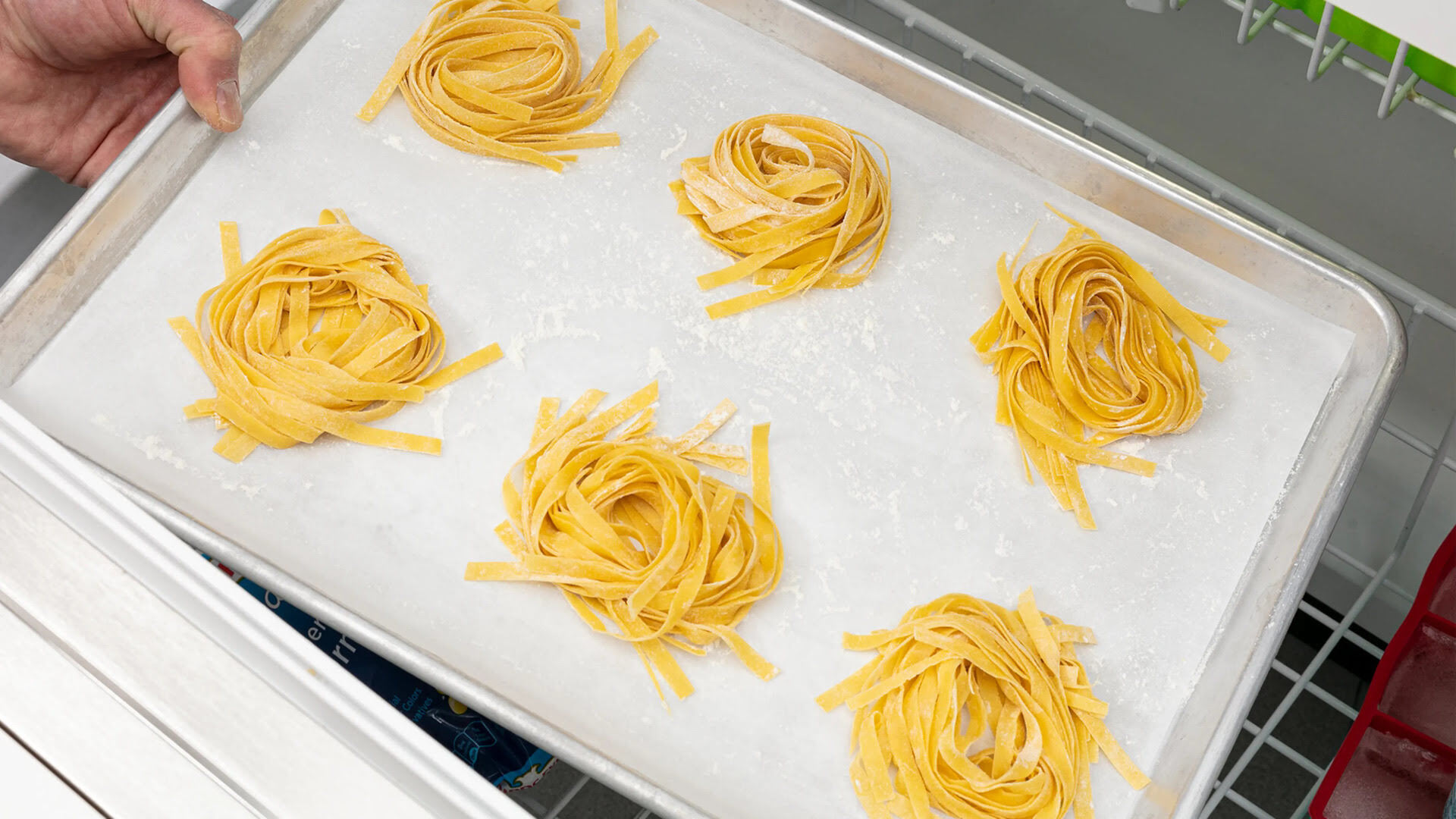
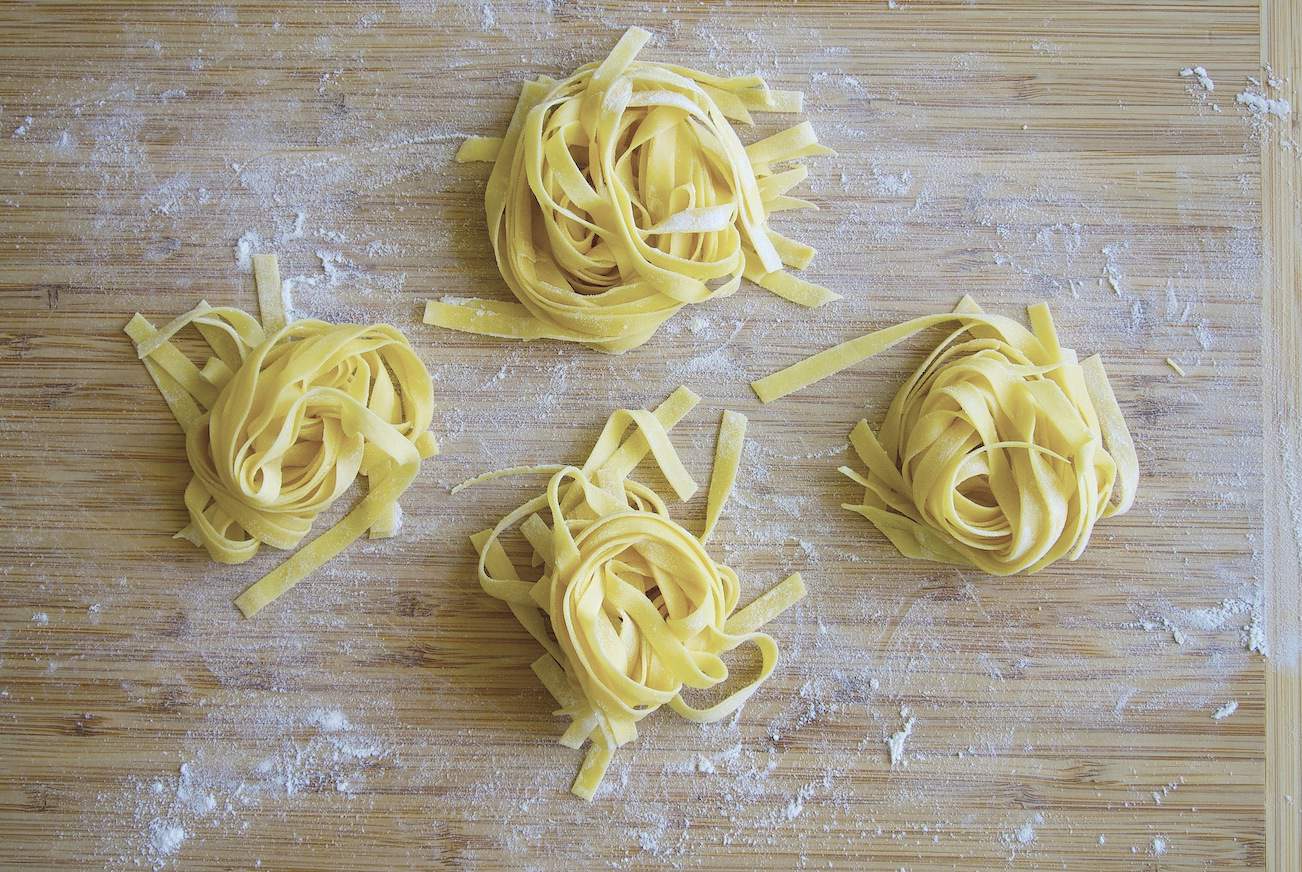
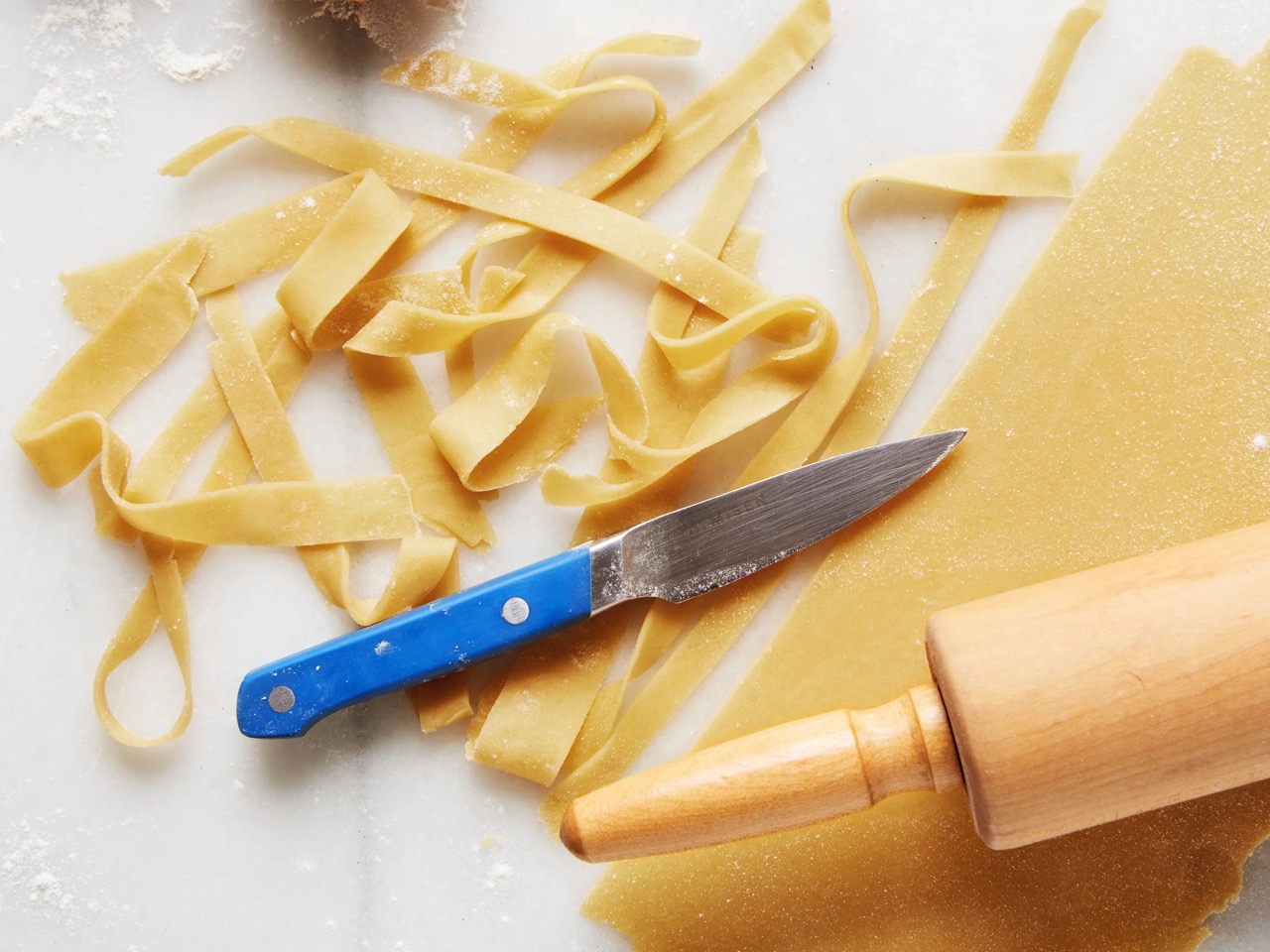
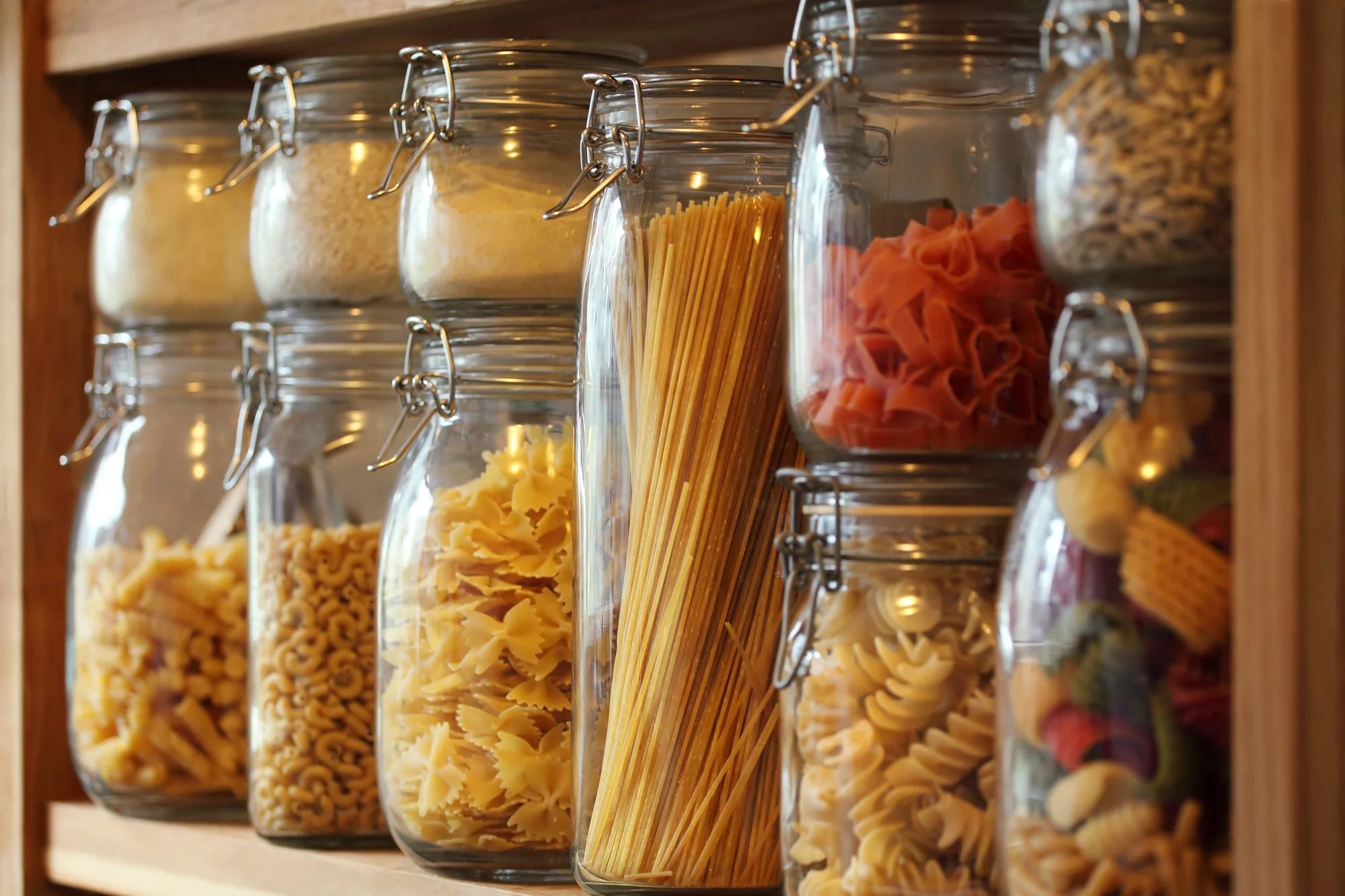
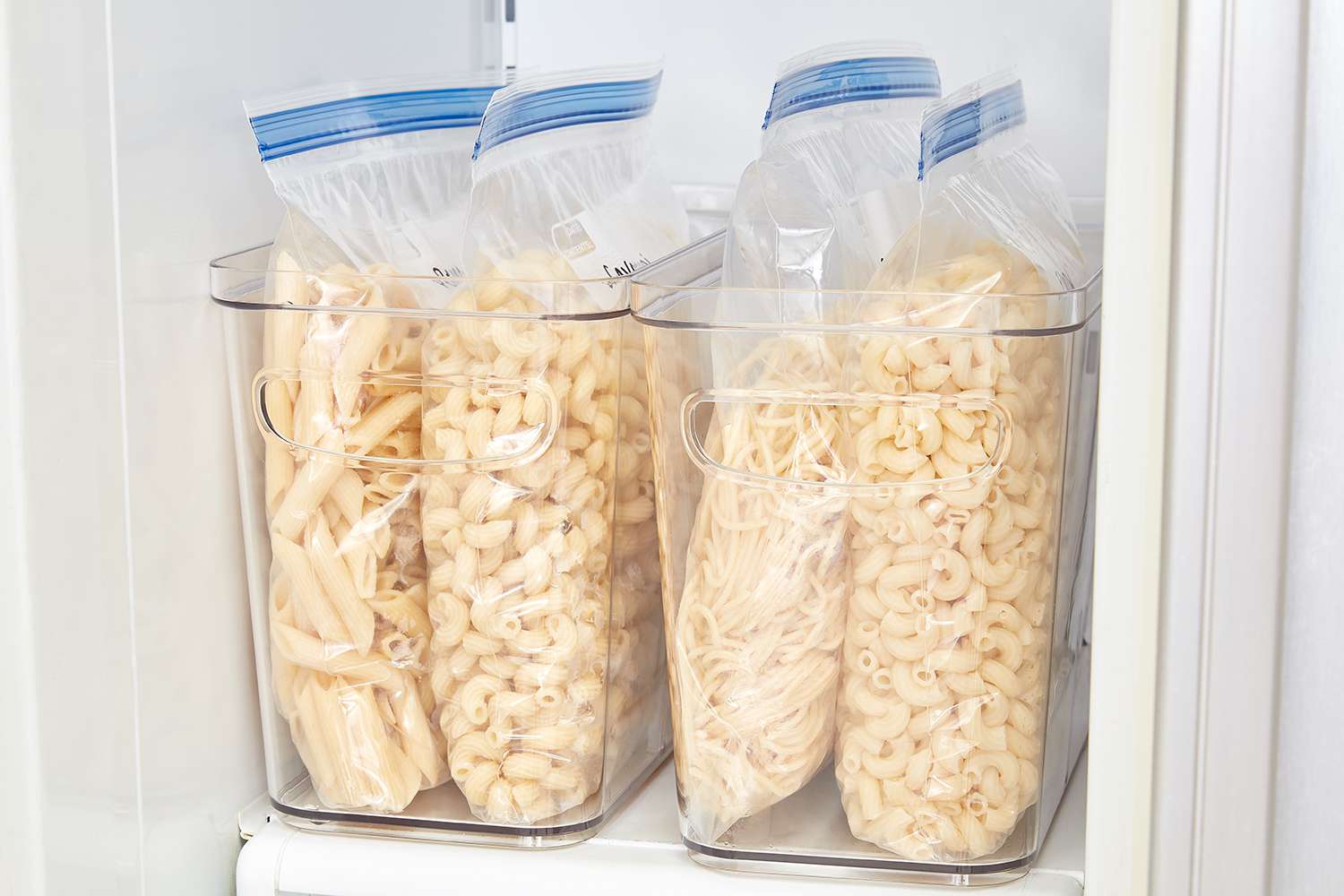
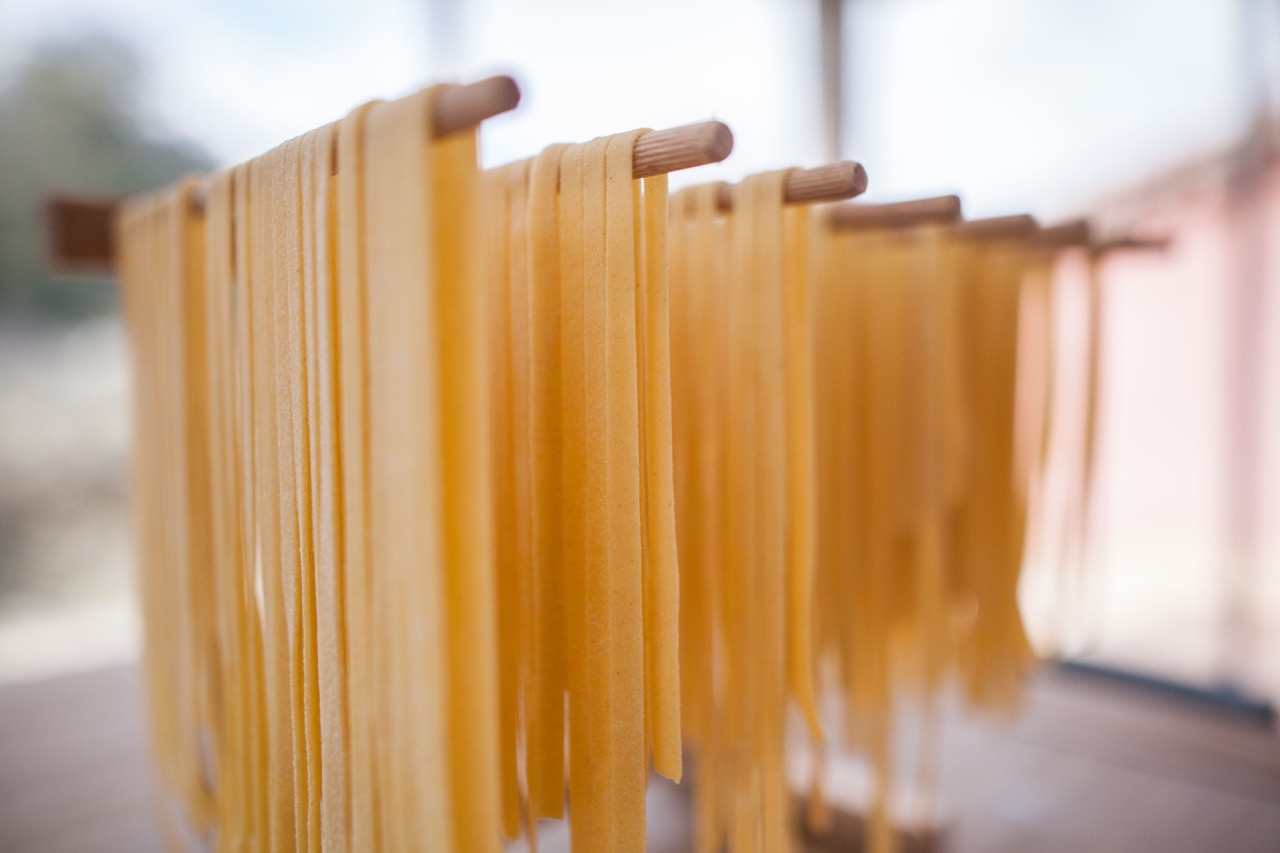


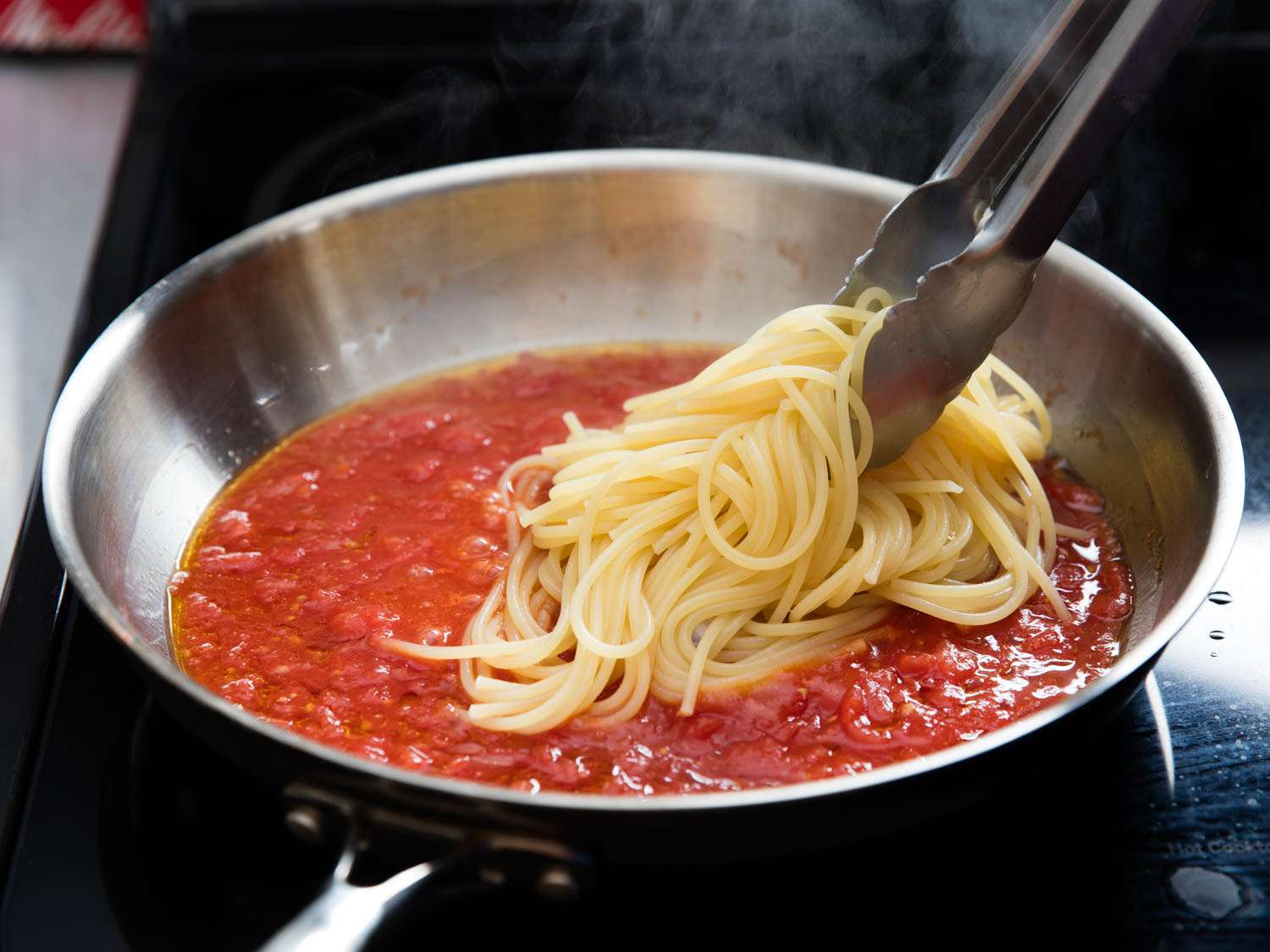
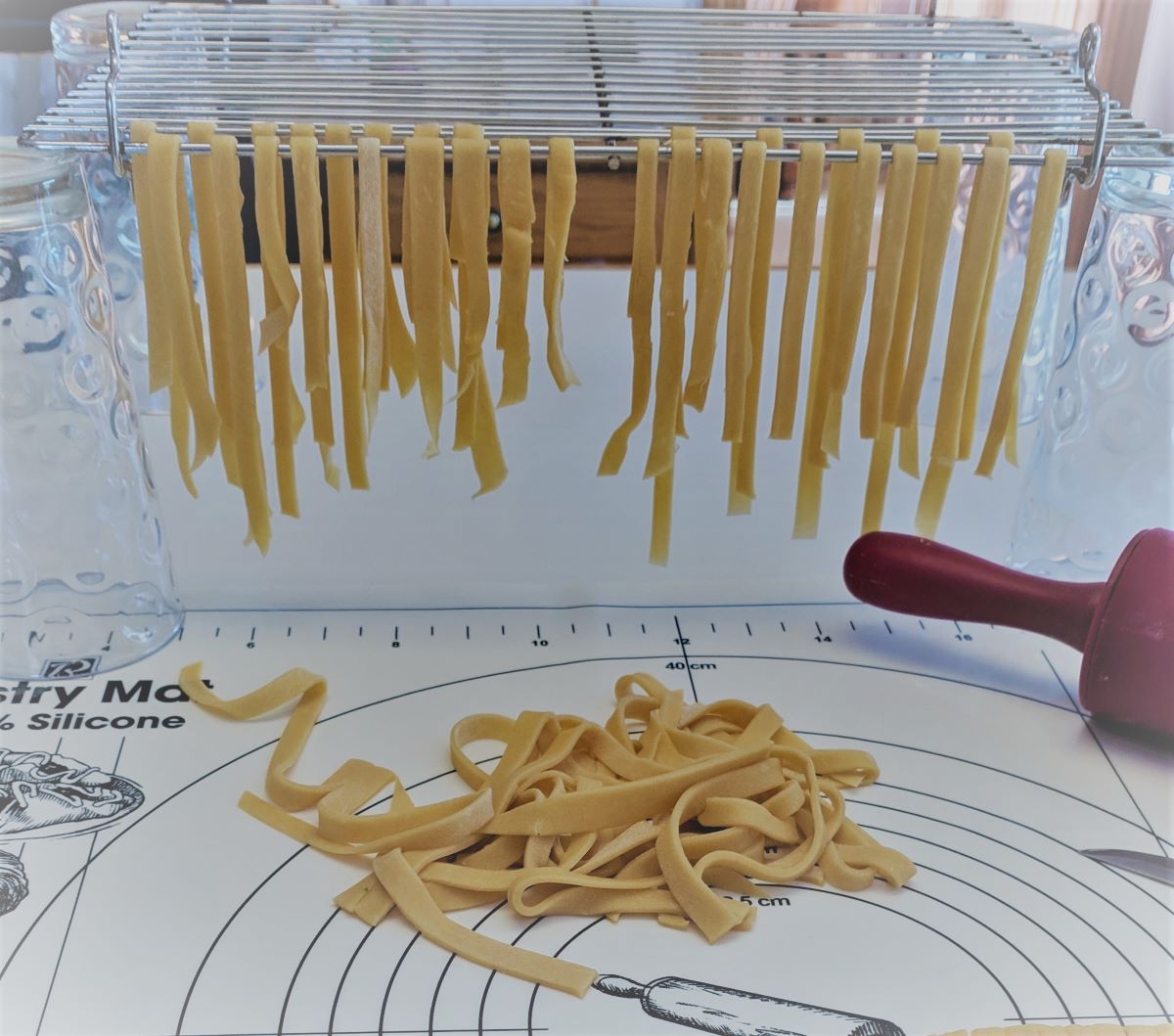
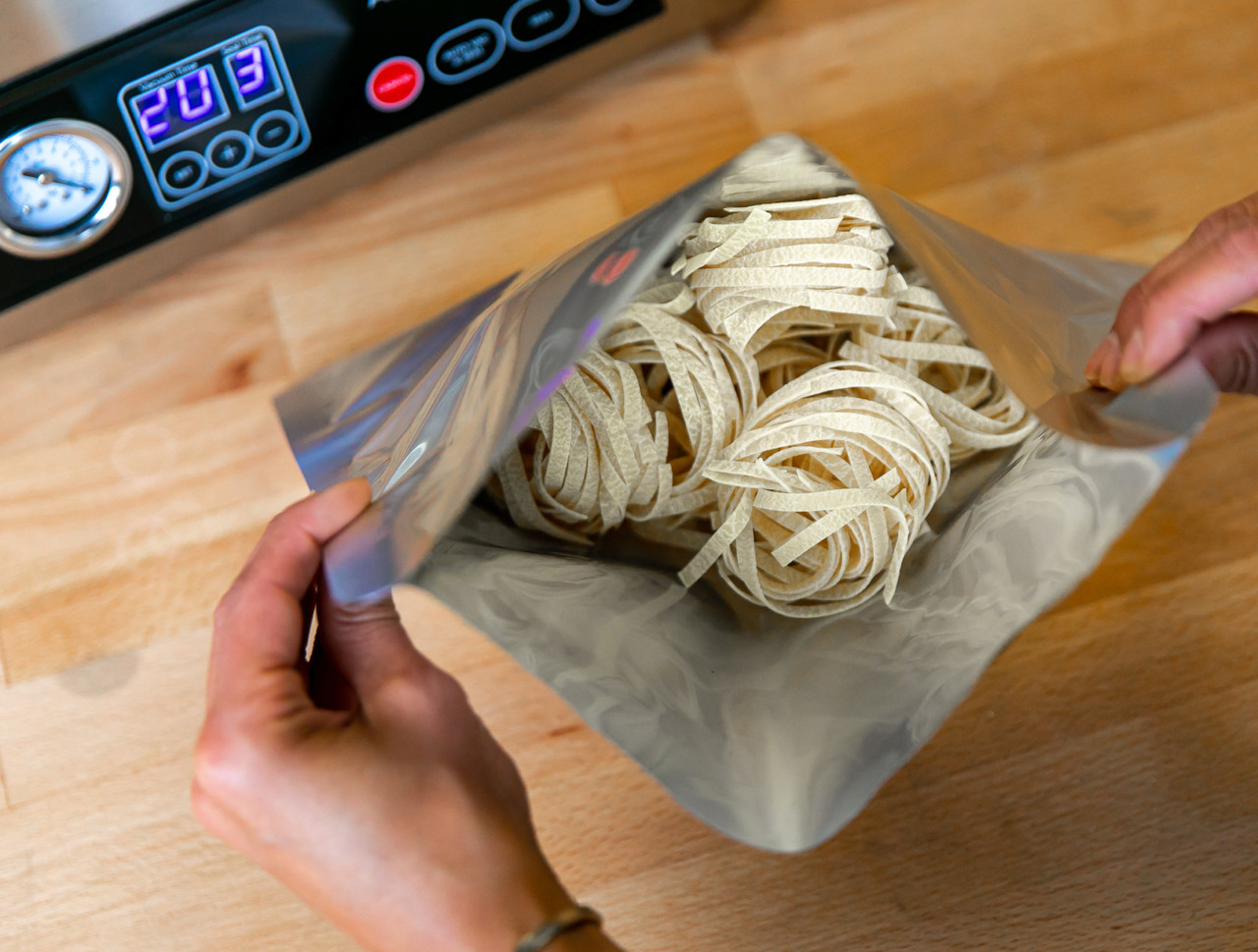
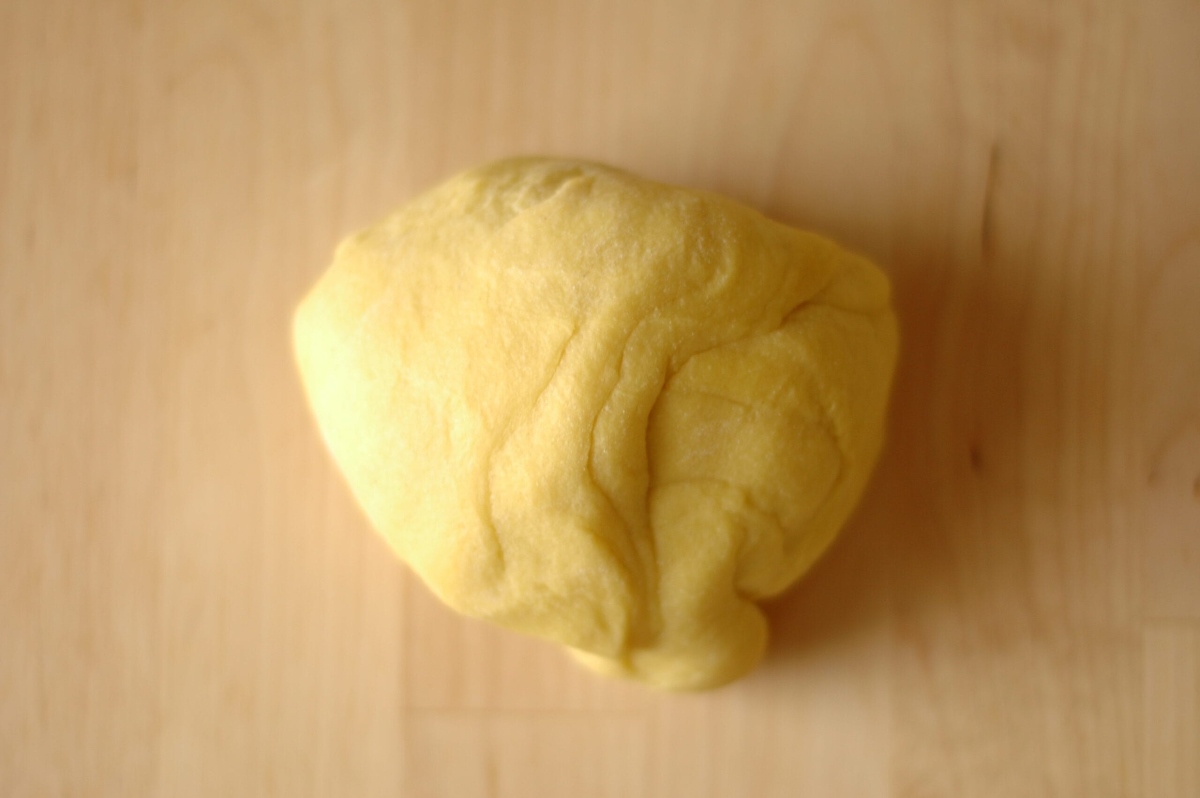
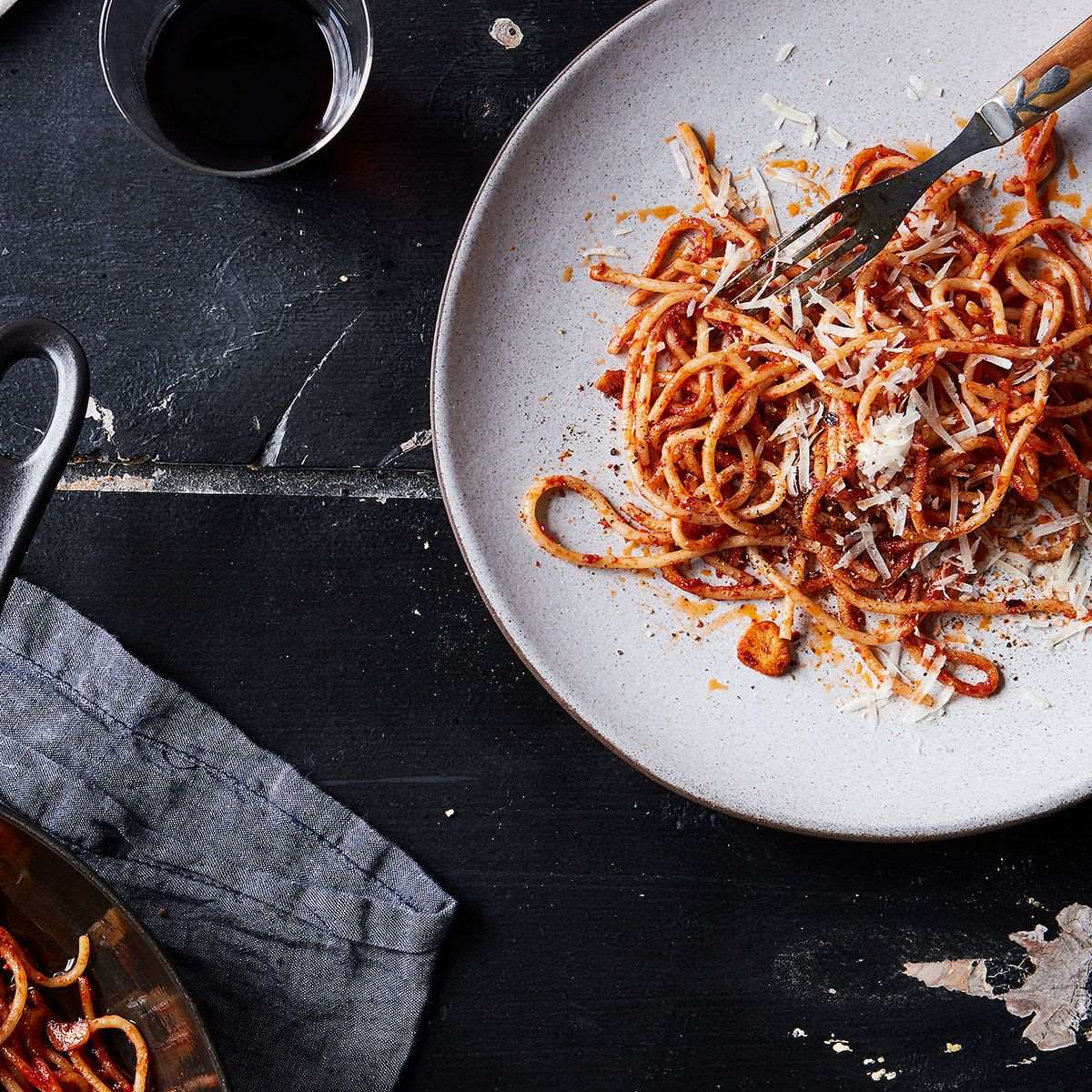
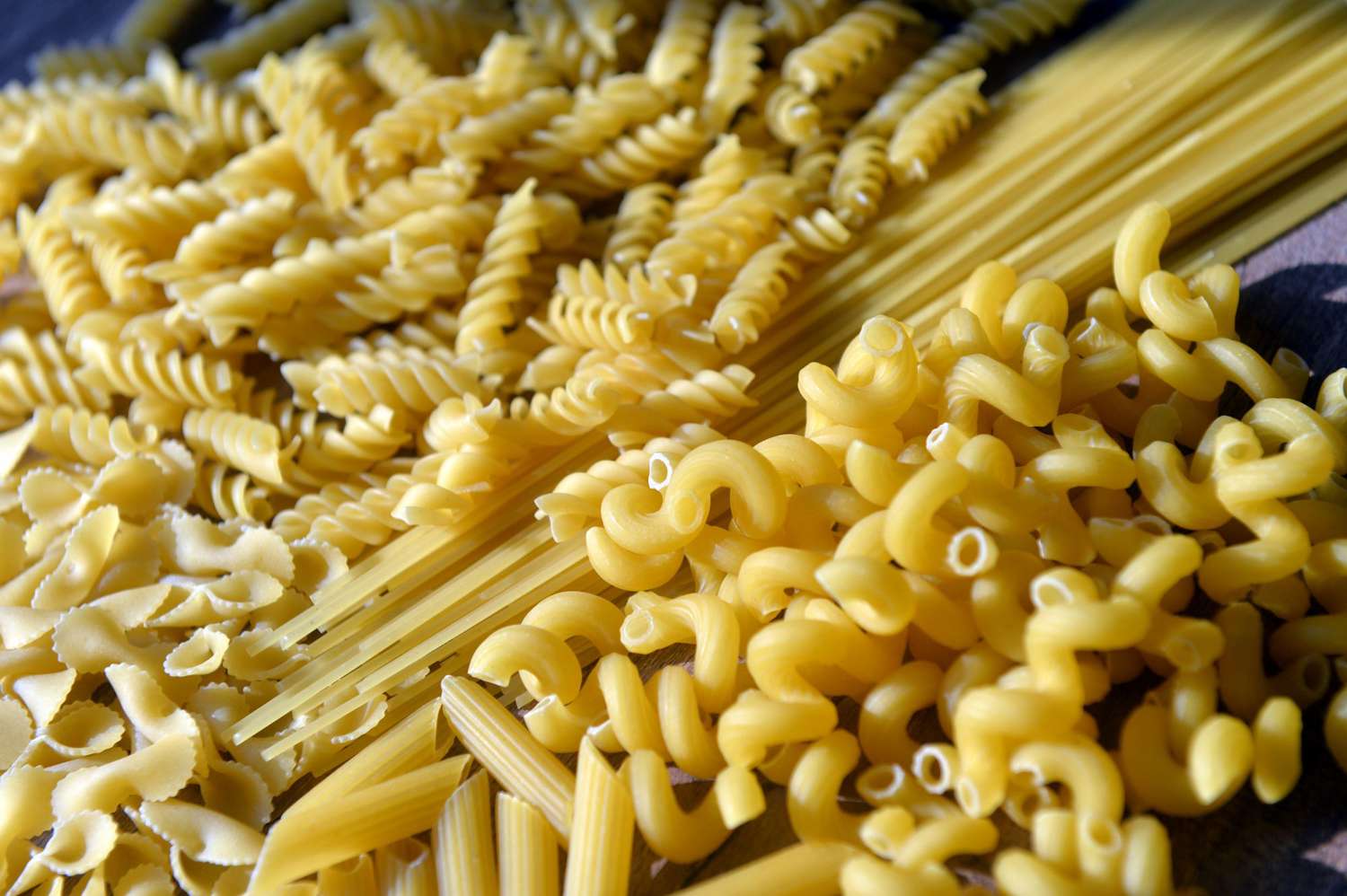

0 thoughts on “How To Store Fresh Pasta”